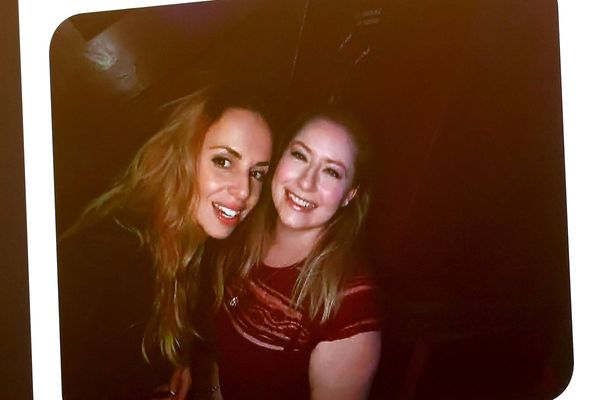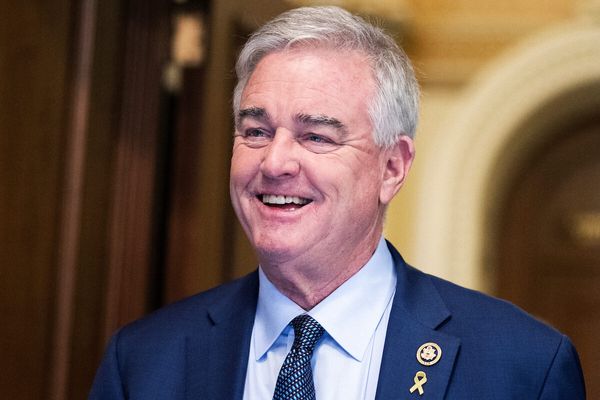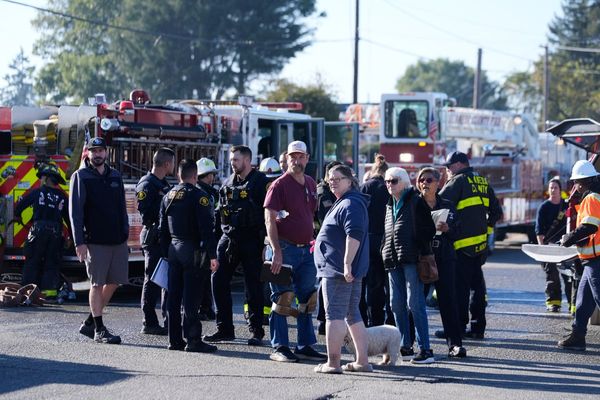
Between the late 18th century and the end of the American civil war, tens of thousands of Black Americans escaped the bondage of slavery by fleeing plantations to go north. The Underground Railroad – a network of abolitionists who secured the safe passage of enslaved people to freedom – had stops in states in which slavery was illegal, such as Michigan, Pennsylvania, Ohio and New York. But for an estimated 30,000 people, the journey continued beyond those states into Canada.
Early Black American settlers in Canada – people who became Black Canadians before Canada was a country – made an indelible mark on their new home. They created thriving communities across Ontario and Nova Scotia and as far west as the Manitoba border; they founded abolitionist newspapers and paved the way for waves of migration that would follow.
But in the years since their arrival, with subsequent waves of migration led by others of African descent, the story of Black Canadians whose ancestors participated in the Underground Railroad has largely been untaught. An exhibit, on view at the Art Windsor-Essex in Windsor, Ontario, until 8 June, seeks to preserve their stories.
“We’ve been in Canada longer than Canada has been a country, because it was 1867 when Canada became a country,” said curator Dorothy Abbott, whose family settled in Owen Sound, Ontario, the northern terminus of the Underground Railroad, in the early 1850s. “My grandmother was born there in 1876, and my mother was born there in 1917.”
North Is Freedom: Descendants of Freedom-Seekers on the Underground Railroad is a photo essay of 30 images that celebrate and preserve the living legacies of freedom-seekers who escaped slavery. Those legacies are often highlighted in the exhibit through their descendants: Irene Moore Davis, a historian descended from Susan and Charles Christian and George Braxton Dunn who fled Kentucky and Ohio, respectively, before the Underground Railroad led them to Canada; Dr Bryan Walls, whose ancestors John Freeman Walls and Jane King Walls fled North Carolina; and Spencer Alexander, whose ancestors Thomas and Catherin Alexander also fled Kentucky for Canada, all figure prominently in the show. Many of the descendants have taken up the banner themselves, becoming historians working to preserve the lives of their ancestors.
‘Freedom, struggle and cherishing the past’
Abbott’s ancestors originated from Murfreesboro, Tennessee, and arrived in Canada five generations ago. A quilt Abbott created that depicts her family is featured in North Is Freedom. She connected with Yuri Dojc, a refugee from Slovakia and the photographer who came up with the idea for the project years ago.
Dojc’s parents were Holocaust survivors, and he “understands from a personal perspective the hardships that people coming up on the Underground Railroad would have experienced”, Abbott said.
“They’re not similar, but [still kind of the same],” Dojc said. “It’s about freedom, about struggle, about cherishing the past – or, at least, remembering the past.”
Dojc’s interest in the descendants of freedom-seekers came after he’d visited a town in northern Ontario, and saw a monument to the Underground Railroad. He inquired about the monument, and was put in contact with a woman, 200km (125 miles) from Toronto, who told him about the history.
“I learned that this place was the last stop on the Underground Railroad, so I was asking if I can take pictures, which I did,” he said. “And then I couldn’t stop. I was thinking about [how] there must be more places. I wanted to know more about the story.”
He approached the Ontario Black History Society, where Abbott was serving as a board member, to see if they could help connect him with descendants. Unbeknownst to him, Abbott and the administrator at the time were both descendants themselves.
Throughout 2016, Dojc took photographs of the descendants, and with sponsorship from TD Bank and the Canadian embassy in Washington DC, the first iteration of North Is Freedom opened in September of 2016.
Abbott officially joined the team for North Is Freedom shortly thereafter, and helped the exhibit travel to Nova Scotia. The exhibit has since made its way to Ottawa, Brampton, Niagara Falls and St Catharine’s – all places, like Windsor, that are significant to Black freedom-seeker Canadian history, even if many Canadians don’t realize it.
“It is not something that’s taught in school, and we’re bringing the descendants to the forefront, all grouped together,” Abbott said. “Many of the people that are part of the exhibit are also historians working at different museums and galleries or teaching in schools. Being able to tell their stories collectively is – we’re living history.”
For descendants, participating has meant an opportunity to share their stories and their families’ stories, in some cases, for the first time on such a scale.
“A lot of them are people like me that are in their 60s, 70s and 80s, and we want to be able to tell our stories for our children and grandchildren,” Abbott said. “But we also want to pay homage to our ancestors who blazed the path before us and suffered hardships and racism to bring us to where we are today.”
Working with and meeting the families was a “discovery”, Dojc said.
“It was something which we all knew about, but once you get deeply into it, you just realize what an interesting and important part of history it is,” he said. “I was amazed by how much the flame of history is in everyone I photographed. Everyone knows deeply their past and they all knew their ancestors – some of the people went six generations down. The closest one was a gentleman in a small farm, and he was only three generations removed from the person who crossed the border.”
Abbott and Dojc both hope the exhibit can continue its journey and, ideally, end up in the States again.
“The people that are in this exhibit came from all different parts of the United States,” Abbott said. “Some of them, their ancestors escaped to come north. Others, like Mary Ann Shadd, were abolitionists and they helped people to escape. There’s both sides of the story being told.”
She has already connected with other descendants, including some distant relatives, hopes to keep meeting people, and hopes that Dojc continues to document them.
“We want to tell our stories. We want to travel with this exhibit. We want to share it. We want to find more,” she said. “There’s more people. I’ve got a running list of people that we need to photograph still – I just want to make it as big as possible. It’s important for us to be able to instill that sense of pride in our children and grandchildren.”







